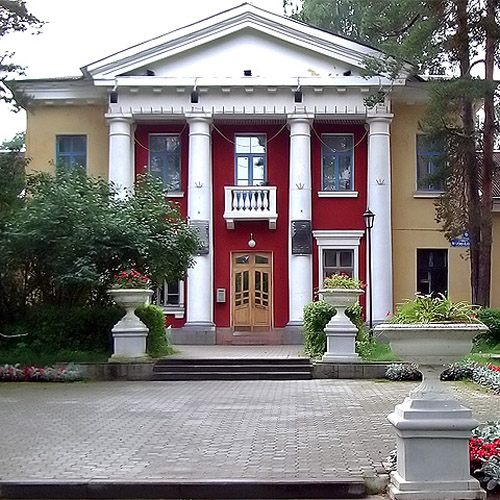Moscovium
115
Mc
Group
15
Period
7
Block
p
Protons
Electrons
Neutrons
115
115
173
General Properties
Atomic Number
115
Atomic Weight
[288]
Mass Number
288
Category
Post-transition metals
Color
n/a
Radioactive
Yes
Named after Moscow Oblast where Dubna is located
Crystal Structure
n/a
History
Moscovium was identified in 2004 by a team composed of Russian scientists at the Joint Institute for Nuclear Research in Dubna, and American scientists at the Lawrence Livermore National Laboratory.
The team reported that they bombarded americium-243 with calcium-48 ions to produce four atoms of moscovium.
These atoms decayed by emission of alpha-particles to nihonium in approximately 100 milliseconds.
The team reported that they bombarded americium-243 with calcium-48 ions to produce four atoms of moscovium.
These atoms decayed by emission of alpha-particles to nihonium in approximately 100 milliseconds.
Electrons per shell
2, 8, 18, 32, 32, 18, 5
Electron Configuration
[Rn] 5f14 6d10 7s2 7p3
Moscovium is historically known as eka-bismuth
Physical Properties
Phase
Solid
Density
-
Melting Point
-
Boiling Point
-
Heat of Fusion
n/a
Heat of Vaporization
n/a
Specific Heat Capacity
-
Abundance in Earth's crust
n/a
Abundance in Universe
n/a

Image Credits: Wikimedia Commons (Hrustov)
The element was discovered at the Joint Institute for Nuclear Research in Dubna, Russia
CAS Number
54085-64-2
PubChem CID Number
n/a
Atomic Properties
Atomic Radius
-
Covalent Radius
162 pm
Electronegativity
-
Ionization Potential
-
Atomic Volume
-
Thermal Conductivity
-
Oxidation States
1, 3
Applications
Moscovium is used for scientific research purposes only.
Moscovium is harmful due to its radioactivity
Isotopes
Stable Isotopes
-Unstable Isotopes
287Mc, 288Mc, 289Mc, 290Mc, 291Mc